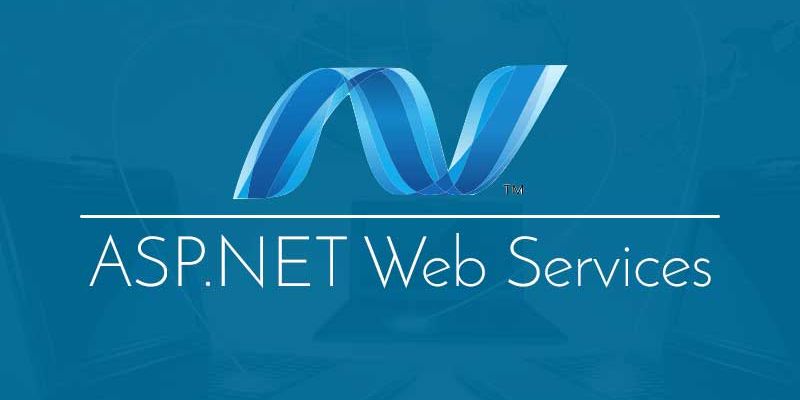The demand for robust and efficient web services continues to rise in the dynamic realm of software development. Dot Net, Microsoft’s comprehensive framework, offers a powerful suite of tools and technologies for creating scalable and interoperable web services. In this blog, we’ll delve into the Power of .NET Web Services. Are you looking to advance your career in Dot Net? Get started today with the Dot Net Training in Chennai from FITA Academy!
Understanding Dot Net Web Services
Dot Net web services, also known as .NET web services, are software components designed to facilitate communication and data exchange between different applications over the internet. They enable interoperability between diverse platforms and technologies, allowing seamless integration and interaction across distributed systems.
Types of Dot Net Web Services
Dot Net supports various types of web services, including:
ASP.NET Web Services (ASMX): Traditional web services based on the ASP.NET framework, typically using SOAP (Simple Object Access Protocol) for communication.
Windows Communication Foundation (WCF): A more advanced framework for building distributed services, offering support for multiple protocols and message formats.
ASP.NET Web API: A lightweight framework for building RESTful APIs using HTTP protocols and JSON or XML data formats.
Implementation of Dot Net Web Services
Creating ASMX Web Services
Developing ASMX web services involves
Defining service contracts using attributes like [WebService] and [WebMethod].
Implementing business logic within methods annotated with [WebMethod].
Hosting the web service within an ASP.NET application, typically deployed to Internet Information Services (IIS).
Building WCF Services
WCF services follow a more extensive process
Defining service contracts and data contracts using interfaces and attributes like [ServiceContract] and [DataContract].
Implementing service operations and data types.
Configuring service endpoints, bindings, and behaviors in the application configuration file.
Hosting the service within various hosting environments, such as IIS, Windows services, or self-hosting.
Developing ASP.NET Web API
ASP.NET Web API simplifies the process of building RESTful APIs
Creating controller classes to define API endpoints and actions.
Implementing action methods to handle HTTP requests and produce appropriate responses.
Configuring routing, serialization, and content negotiation settings.
Hosting the API within an ASP.NET application, typically deployed to IIS or Azure App Service. Learn all the Dot Net Development and Become a Dot Net Developer. Enroll in our Dot Net Online Course.
Best Practices for Dot Net Web Services
Designing for Interoperability
Adopt standards-based protocols and data formats to ensure compatibility and interoperability with diverse clients and platforms.
Securing Web Services
Implement authentication, authorization, and encryption mechanisms to protect sensitive data and prevent unauthorized access.
Performance Optimization
Optimize service performance by minimizing latency, reducing payload size, and implementing caching and compression techniques.
Error Handling and Logging
Implement robust error handling mechanisms and logging functionality to diagnose and troubleshoot issues effectively.
Dot Net web services, including ASMX, WCF, and ASP.NET Web API, are crucial for seamless integration and communication between systems in modern software development. Adhering to best practices in design, security, performance, and error handling ensures reliability and efficiency, empowering organizations to navigate today’s interconnected digital landscape. Looking for a career in Dot Net Developer? Enroll in this professional Dot Net Training in Coimbatore and learn from experts about .NET Framework, Programming in C# and Implementing OOPS with C#.

